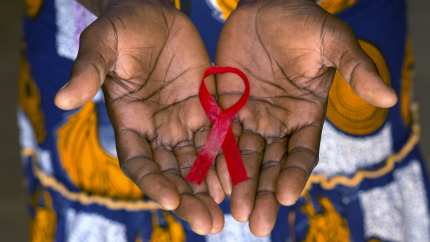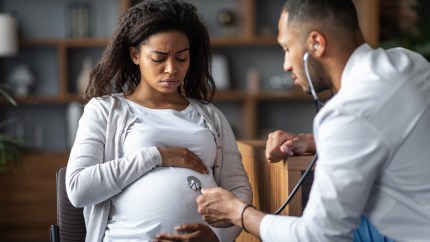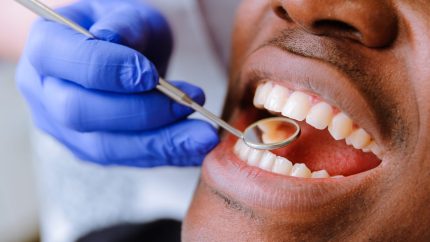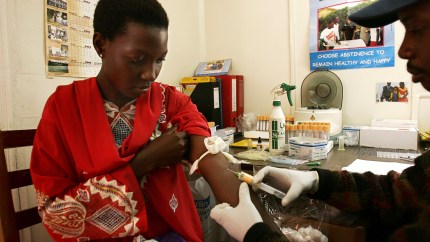Females are the majority of new HIV diagnoses in10-19 age group
Despite "tremendous gains" in HIV prevention and treatment, a UNICEF study of 2022 cases found that girls are more than twice as likely as boys to be infected with the virus.
Girls and young women account for 71% of new HIV infections among people aged 10 to 19, a UNICEF study found.
While there have been “tremendous gains” in HIV prevention and treatment – particularly for infants – the recent UNICEF study found that girls are more than twice as likely as boys to be infected with the human immunodeficiency virus, according to The Washington Post. There were approximately 98,000 teenage girls infected with HIV in 2022 alone.
In sub-Saharan Africa, which has the most significant proportion of HIV-positive children and adolescents, the prevalence among females is three times that of males.
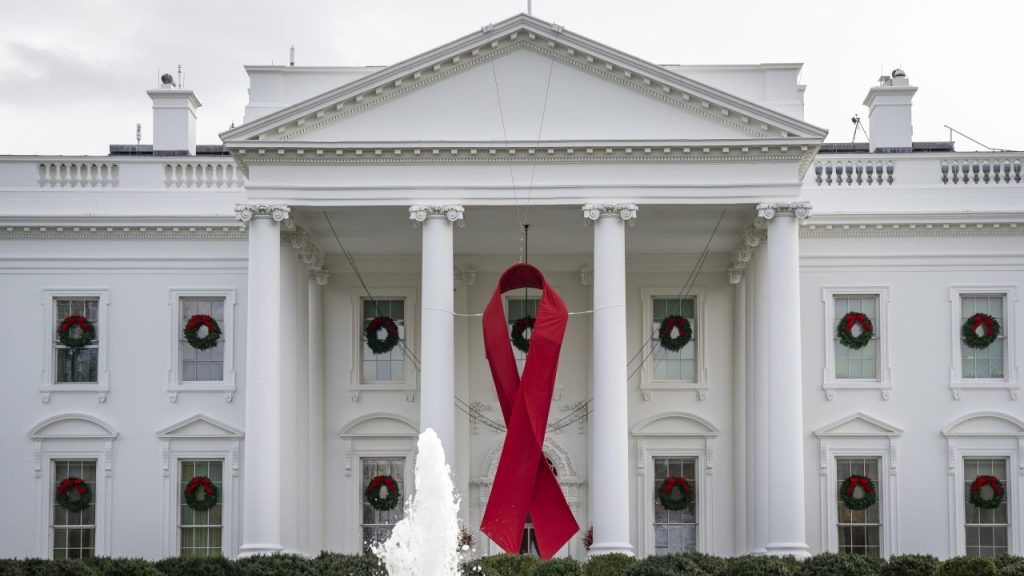
“It is unacceptable that adolescent girls, who should be planning their futures, continue to bear the heaviest burden of HIV infection,” said UNICEF’s associate director of HIV/AIDS, Anurita Bains. “We — the UN, communities, governments and organizations — must eradicate the obstacles that make HIV a threat to their health and wellbeing. This includes ensuring the sexual and reproductive health and rights of adolescent girls and young women are met.”
The analysis came as part of an annual overview on children and HIV/AIDS and revealed that gender inequity, restricted access to health care, and a lack of educational initiatives put girls at increased risk for HIV globally.
Recommended Stories
While eastern and southern Africa contain the most HIV-infected children under the age of 19, the World Health Organization also recognized West and Central Africa, East Asia and the Pacific, South Asia, Latin America, and the Caribbean as hotspots.
The research also indicated that approximately 1 million HIV-positive children and teenagers go untreated, and antiretroviral therapy lags globally owing to testing requirements and a shortage of age-appropriate medicine, The Post reported.
Never miss a beat: Get our daily stories straight to your inbox with theGrio’s newsletter.
